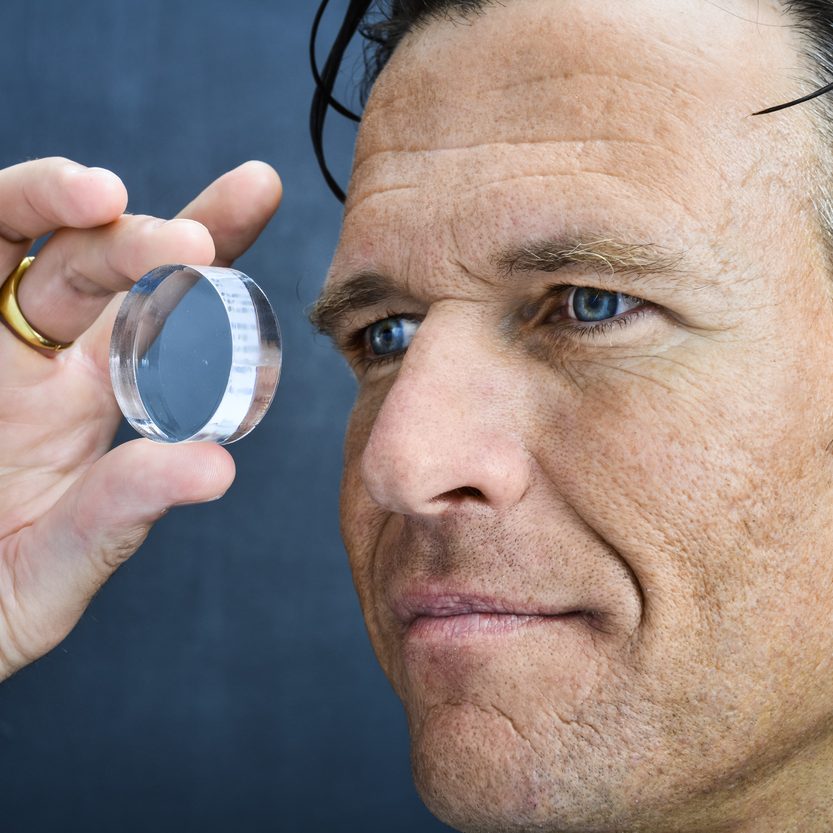
You can reduce your chances of developing Computer Vision Syndrome and the associated eye strain by making some simple changes to your workplace or study set up:
- Check the position of your digital display. Make sure your head is in a naturally comfortable position.
- Adjust the lighting. Are you looking straight into the glare coming from your screen? Adjust the lighting so that it’s comfortable on your eyes.
- Adjust your seating. A comfortable chair will support your back and neck, preventing the usual neck and shoulder strain associated with Computer Vision Syndrome
- Take regular eye breaks. Taking your eyes away from the screen for just a few minutes at a time can do wonders when it comes to reducing computer eye strain.
- Upgrade your screen. Does your monitor need an upgrade? We recommend an LCD display that is easier on the eyes.
- Exercise your eyes. Try looking away from your screen every 20 minutes and focus on an object in the distance for a minimum of 20 seconds (known as the 20-20-20 rule). It’s like gym for your eyes!
- Blink! Sounds simple, yet many of us forget to blink when looking at digital screens. Blinking more often will prevent itchy and dry eyes.
What is Computer Vision Syndrome?
Computer Vision Syndrome, known more recently as digital eye strain, refers to a group of eye problems that stem directly from our extended use of computers and other digital devices. Spending more than 2 hours a day in front of the computer alone, can give you a 90% chance of developing Computer Vision Syndrome.
Computer Vision Syndrome affects nearly 60 million people globally. That’s a staggering number! For many of us, our eyes are glued to our a whole range of devices throughout the day; checking our social media, digital diaries, news headlines, emails, text messages and more. The good news is that optometrists now have new lens technologies and digital eyewear at their disposal to help alleviate the common symptoms related to computer and digital eye strain.
Want to protect your eyes with digital eyewear?
Find your nearest independently-owned optometrist to discuss which leading-edge technology is best suited to your needs.
Find your nearest optometrist now


